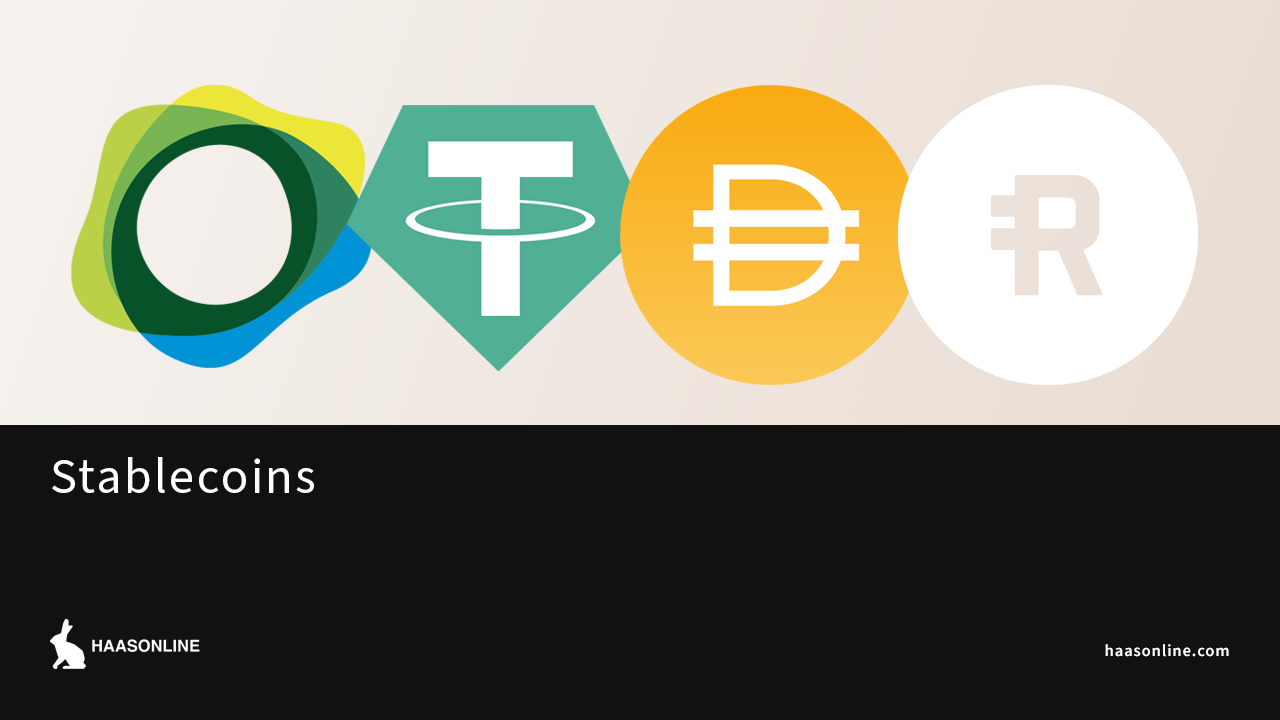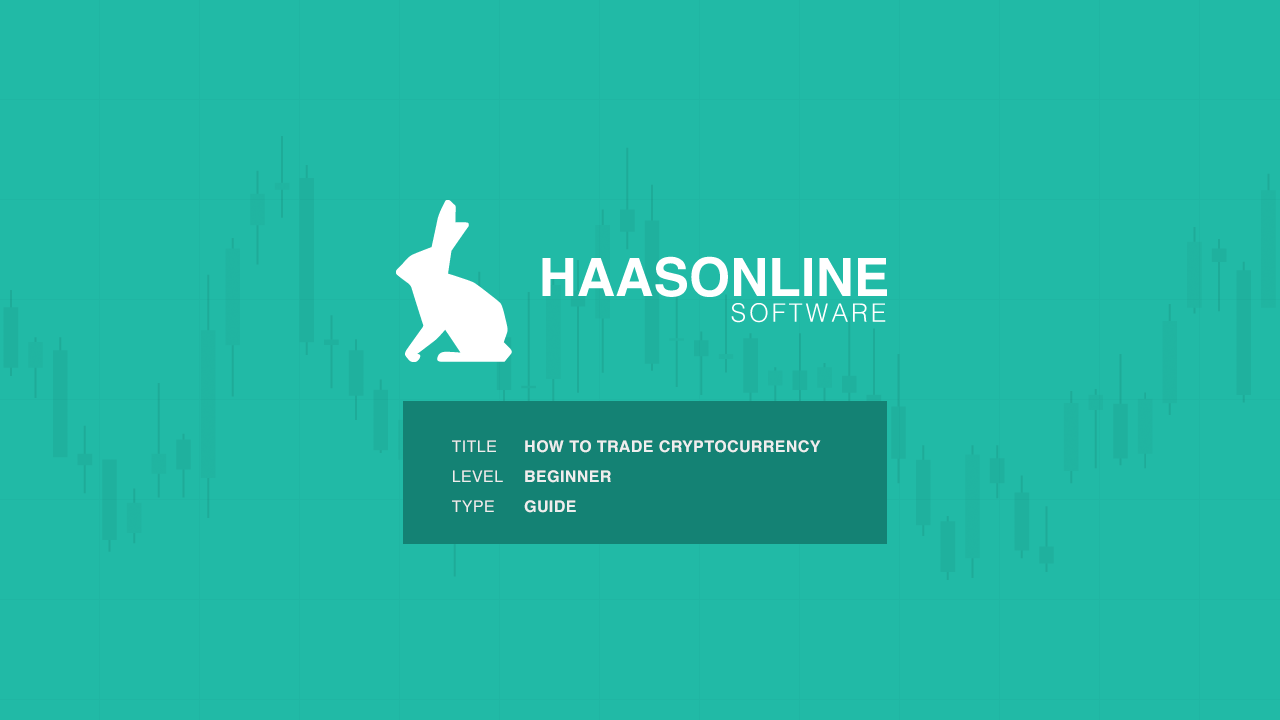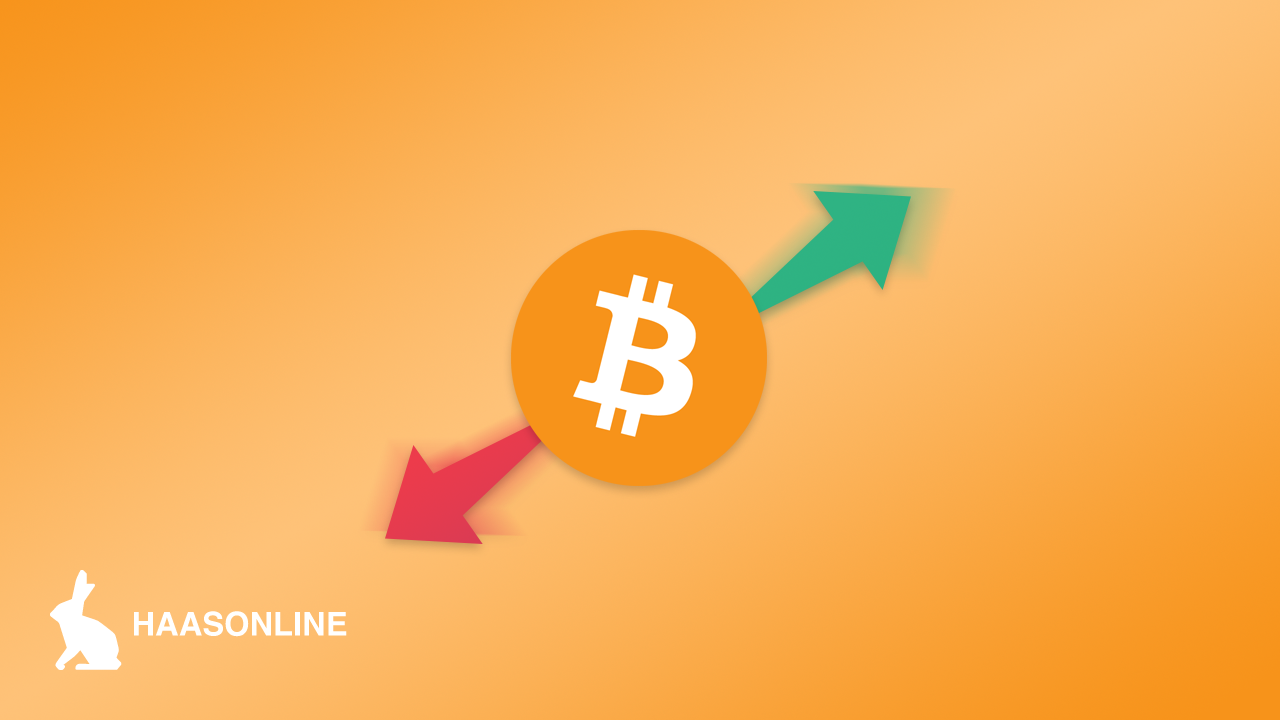What are stablecoins and how do they benefit us?
What Are Stablecoins?
The concept of how stablecoins work is not difficult to understand. Simply put, they aim to combine the best of both worlds: the decentralized operational model of cryptocurrencies and the price stability of fiatFiat refers to any government-issued currency that is not backed by a physical commodity, such as gold or silver. Examples of fiat currencies include the... currencies.
In this article, we’ll cover all you need to know when talking about stablecoins: methods under which they operate, the mechanisms that stablecoins use in doing so, as well as the limitations from the perspective of a potential stablecoinStablecoins are a type of cryptocurrency that is designed to maintain a stable value relative to another asset, such as the US dollar, gold, or... user. What makes stablecoins stable? Which ones are the most popular? Let’s see.
How Do Stablecoins Work?
In a nutshell, stablecoins are digital currencies created to mirror the value of a particular currency, like a fiat currency (USD or EUR, for example). As they’re run through the blockchainThe blockchain is a digital ledger that records transactions in a secure and decentralized manner. Think of it like a shared spreadsheet that is constantly... network, users can transfer stablecoins quickly and securely worldwide while preserving the same price. BitcoinBitcoin is like a digital treasure that you can use to buy things online. It's like having a secret code that only you know, and..., EthereumEthereum is a type of cryptocurrency that is similar to Bitcoin, but with some important differences. One of the key differences is that Ethereum is..., and other altcoins have evidently made a firm basis in the investment ecosystem in less than a decade.
Yet, their sharp volatilityVolatility is a common characteristic of cryptocurrency markets, meaning that the prices of cryptocurrencies can fluctuate rapidly and unpredictably over short periods of time. This... prevents them from being a well-suited payment method for daily transactions. That being said, despite the growing number of services that allow Bitcoin payments, its value can rapidly grow or drop between two clicks, leading to a drastic shift in the price of the good or service you intend to buy. In other words, cryptocurrencies did open a thrilling marketplace, but concerning usability, they are still uncertain grounds. This is where stablecoins enter the picture, as they tend to peg their value to an external reserve asset.
Stablecoins handle sharp fluctuations by tethering the cryptocurrencyCryptocurrency is a digital or virtual currency that uses cryptography for security and operates independently of a central bank. Cryptocurrencies use decentralized technology called blockchain... value to other, more persistent assets, most frequently fiat money. The team behind the stablecoin does so by setting up a “reserve” where it keeps the backup asset. Accordingly, the reserve is nothing but a regular central bank that matches the amount of circulating stablecoins. These are the most common ways of how stablecoins achieve that.
Fiat-backed Stablecoins
The most widely spread stablecoin type is the one that is tied to a fiat currency with a ratio of 1:1. They are usually referred to as fiat-collateralized stablecoins, supported by a central issuer (usually a bank) that holds a particular amount of fiat money in reserve while issuing a proportional amount of tokens.
For example, the issuer possesses 2 million dollars and distributes the same number of tokens with a value of 1 USD. Users can afterward trade with and withdraw this stablecoin, in the same manner they do with any other cryptocurrencies or tokens – according to the rules each cryptocurrency marketplace or trading platform sets up individually.
It’s important to mention that you should find a well-established, trustworthy issuer. There is no way for you to know whether the issuer really holds the money. Tether (USDT), BUSD (Binance native stablecoin), and TrueUSD are some of the most reputable fiat-collateralized stablecoins on the market.
Crypto-backed Stablecoins
As their name suggests, crypto-backed stablecoins are tethered to other cryptocurrencies. They have a fiat-backed counterpart since the crypto reserve itself is subject to short-term volatility as well. More specifically, these stablecoins are “over-collateralized” meaning that a huge number of cryptocurrencies serve as a reserve for issuing a smaller number of cryptocurrencies.
For instance, $1,000 worth of Ether can be stored as a reserve for issuing $500 worth of a stablecoin allowing up to 50% shifts in the reserve currency (Ethereum, in this case). DAI is the most widely spread example of this type. It is primarily pegged against the U.S Dollar, allowing other crypto assets to use it as a reserve.
In order to acquire such a stablecoin, you’ll need to lock your cryptocurrencies into a contract issuing the tokenA cryptocurrency token is a digital asset that is created and managed on a blockchain network. Tokens are usually created using existing blockchain platforms, such.... So, to obtain your collateralCollateral is an asset that a trader pledges to a lender to secure a loan or margin trading position. In the context of crypto trading,... back afterward, you’ll pay stablecoins within the same contract, with some calculated interest.
Algorithmic Stablecoins
Algorithmic stablecoins are mistakenly referred to as non-collateralized as they aren’t pegged against any other fiat asset nor another cryptocurrency. However, they reach a peg by algorithms and smart contracts that supply the issued tokens. So, if the price happens to drop below the price of the fiat currency in which the algorithmic stablecoin is tracked, the system will automatically reduce the supply. Basecoin (dollar-pegged) is a typical example that uses such a technique to adapt the supply of tokens.
Most Influential Stablecoins
Tether (USDT)
Launched in 2014, Tether is the first thing that comes to mind when talking about stablecoins. Since the very beginning, Tether has been one of the overall leaders on crypto chart trackers measured by the market cap. You needn’t go further than how frequently it’s offered as an underlying party in trading pairs on the majority of relevant crypto exchanges. The main role of Tether is the fast transferring of funds between exchanges so users can benefit from the arbitrageArbitrage is a trading strategy that involves taking advantage of price differences for the same asset on different exchanges. For example, if Bitcoin is trading... offers occurring when the cryptocurrency price is different from one exchangeA cryptocurrency exchange is an online platform that allows users to buy, sell, and trade cryptocurrencies. These exchanges serve as intermediaries between buyers and sellers,... to another. Furthermore, Tether helps users keep record of their investments and convert them without going through Bitcoin first.
Recently, some suspicious signals were raised by experts about the legitimacy of USDT, which was followed by several lawsuits against the Tether parent company BitFinex. However, it doesn’t seem to have affected its popularity to any notable extent.
Dai
Dai was designed in 2015 as a stablecoin on the Ethereum blockchain that runs on the MakerDAO protocol. It’s pegged against the US dollar and cryptocurrency-backed by Ether. Dai is the asset that MakerDAO users borrow and repay, created when a loan is pulled out on MakerDAO.
Dai is the only stablecoin that can be entirely defined as a widely used, decentralized model, which means that no centralized authority will conduct the transaction system. Accordingly, it will be automatically executed by Ethereum smart contracts.
Diem
Diem is a product of Facebook and you may have heard about it under its original name, Libra. The greatest digital influencer, Mark Zuckerberg, decided to take part in the crypto scene by launching a stablecoin, which has become influential even before its release. Yes, you read well: Diem hasn’t been released yet, but its introduction to the public is impatiently expected any moment now. From what we’ve known so far, Diem is meant to be backed by several currencies including EUR and US. Diem’s launching has been delayed due to international regulatory issues, but this ambitious Facebook project is speculated to make a boom with an updated idea to develop multiple stablecoins, matching individual national currencies.
Final Thoughts
Even though stablecoins are an outstanding supportIn technical analysis, a support line is a price level at which demand for an asset is thought to be strong enough to prevent the... in the smooth running of the blockchain industry, there are still some limitations in the way of public acceptance. If you analyze the first stablecoin type we spoke of – fiat-collateralized stablecoins – you will easily conclude that they’re far more centralized than regular cryptocurrency, with a central(ized) authority as the main holder in their issuing. Crypto-collateralized and uncollateralized stablecoins, on the other hand, require a technical background in the source code and complete trust in the wider DeFi community, but they’re definitely closer to the decentralized model of crypto. All in all, they’re a relatively new field and their moments of glory are yet to come.





